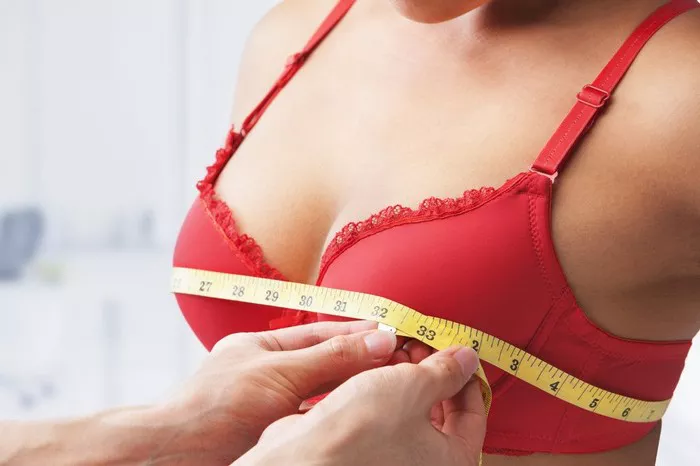Breast implants are a popular cosmetic surgery option for women who want to enhance the size and shape of their breasts. While breast implants are designed to last for many years, they are not designed to last forever. If you have breast implants, it is important to understand what can happen if you never replace them. In this article, we will explore the potential risks and complications of not replacing breast implants, as well as the recommended timeline for replacement.
What Happens If You Never Replace Breast Implants?
Breast implants are not designed to last forever. Over time, they can become damaged or worn, which can lead to a variety of complications. If you never replace your breast implants, you may experience the following risks and complications:
Rupture or Leakage
One of the most common complications of breast implants is rupture or leakage. Over time, the implant shell can weaken or develop tiny cracks, which can cause the implant to leak or rupture. If this happens, you may experience pain, swelling, or changes in the size or shape of your breast. In some cases, the leaked silicone or saline can migrate to other parts of the body, which can cause additional complications.
Capsular Contracture
Capsular contracture is a condition that occurs when scar tissue forms around the breast implant, causing it to harden and become misshapen. This can cause pain, discomfort, and changes in the appearance of the breast. If left untreated, capsular contracture can become severe and may require surgical intervention.
Infection
Breast implants can become infected if bacteria enter the body through the incision site. If left untreated, an infection can lead to serious complications, including implant failure and tissue damage. In some cases, an infection may require the removal of the implant and a course of antibiotics.
Changes in Breast Appearance
Over time, breast implants can shift or move, which can cause changes in the appearance of the breast. This can include asymmetry, rippling, or changes in the position of the nipple. If you never replace your breast implants, these changes may become more pronounced and may require surgical intervention to correct.
Implant Failure
Breast implants are not designed to last forever, and over time they can fail. This can happen due to a variety of factors, including wear and tear, trauma, or damage to the implant shell. If your implant fails, you may experience pain, swelling, or changes in the appearance of the breast. In some cases, implant failure may require surgical intervention to remove the implant.
Recommended Timeline for Breast Implant Replacement
While breast implants are not designed to last forever, the timeline for replacement can vary depending on a variety of factors. In general, most surgeons recommend replacing breast implants every 10-15 years. However, the timeline for replacement may be shorter or longer depending on the following factors:
Type of Implant
The type of implant you have can affect the timeline for replacement. Saline implants are more likely to leak or rupture than silicone implants, which may require more frequent replacement. Additionally, the lifespan of your implant may be affected by the size, shape, and texture of the implant.
Age of Implant
The age of your implant can also affect the timeline for replacement. Older implants may be more likely to fail or develop complications, which may require more frequent replacement.
Changes in Breast Tissue
Changes in breast tissue, such as weight gain or loss, pregnancy, or breastfeeding, can affect the lifespan of your implant. If you experience significant changes in your breast tissue, you may need to replace your implant sooner than the recommended timeline.
Personal Preference
Some women may choose to replace their breast implants sooner than the recommended timeline for personal reasons, such as changes in their aesthetic preferences or concerns about the safety of their implants.
Conclusion
Breast implants are a popular cosmetic surgery option for women who want to enhance the size and shape of their breasts. While breast implants are designed to last for many years, they are not designed to last forever. If you never replace your breast implants, you may experience a variety of risks and complications, including rupture or leakage, capsular contracture, infection, changes in breast appearance, and implant failure. To minimize these risks, it is important to follow the recommended timeline for replacement and to monitor your implants for any signs of damage or complications. If you have concerns about your breast implants, talk to your surgeon to determine the best course of action.


